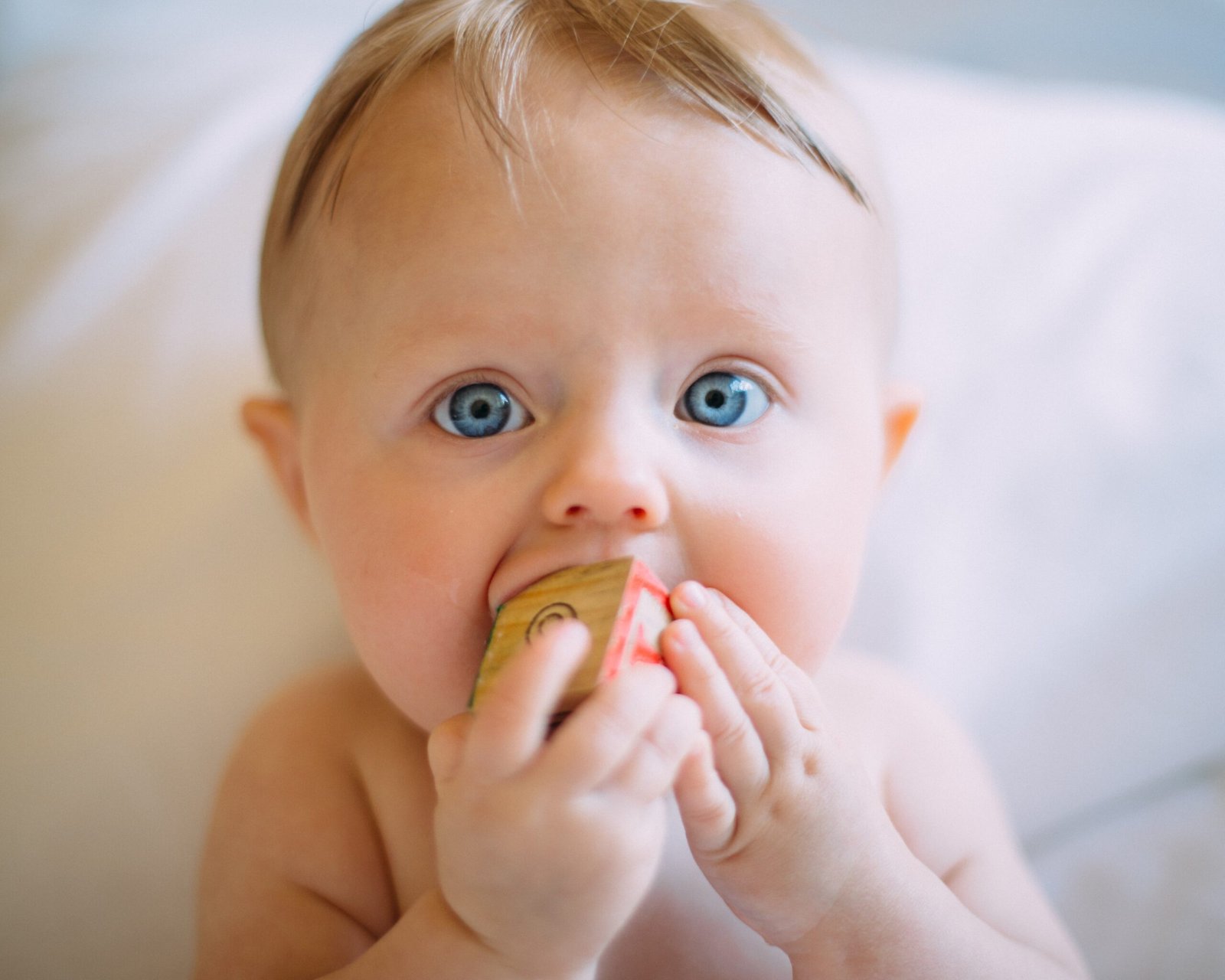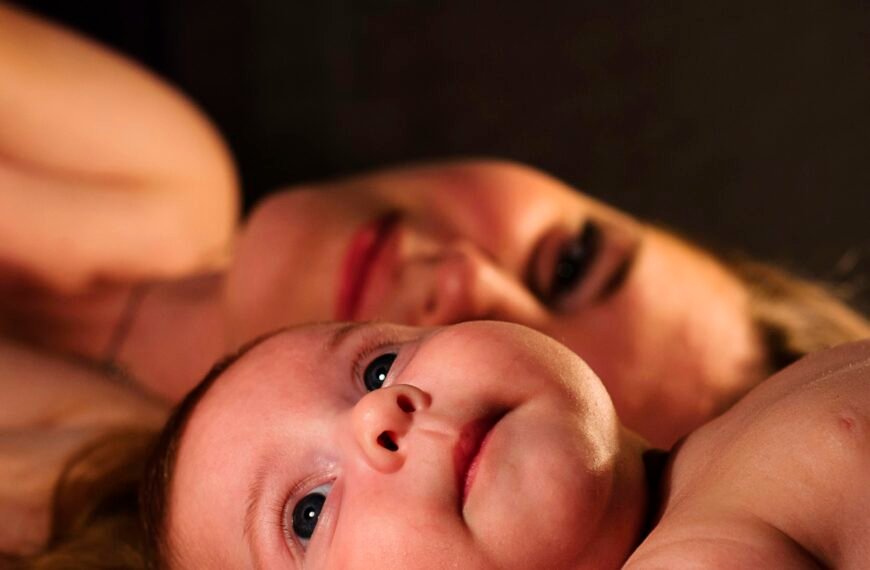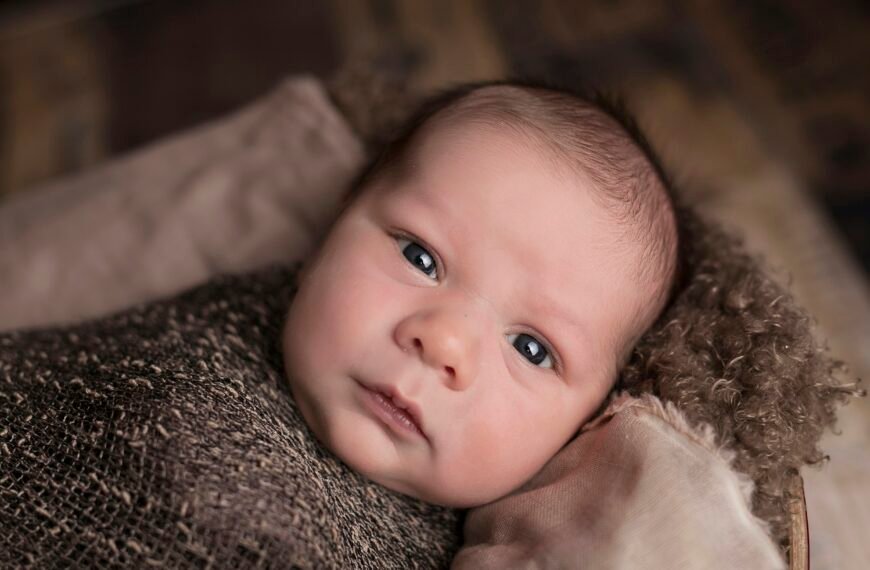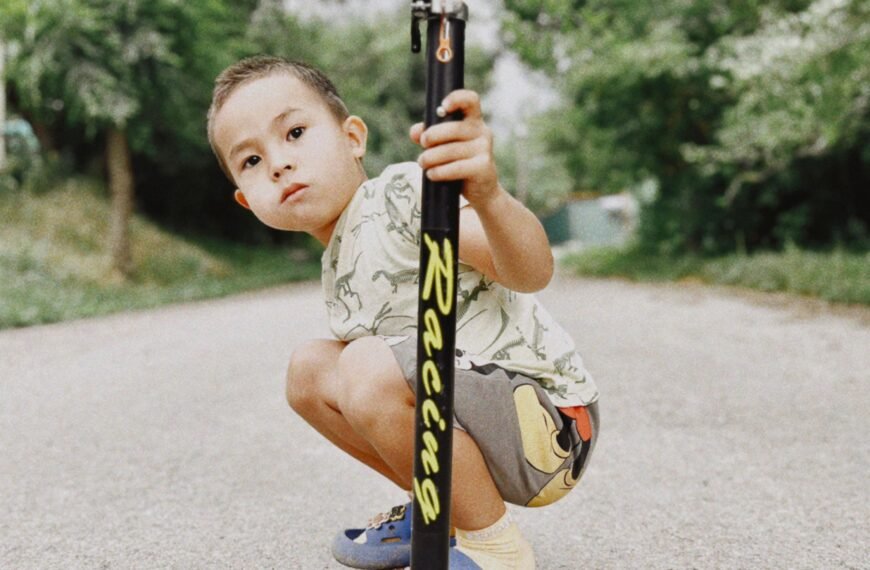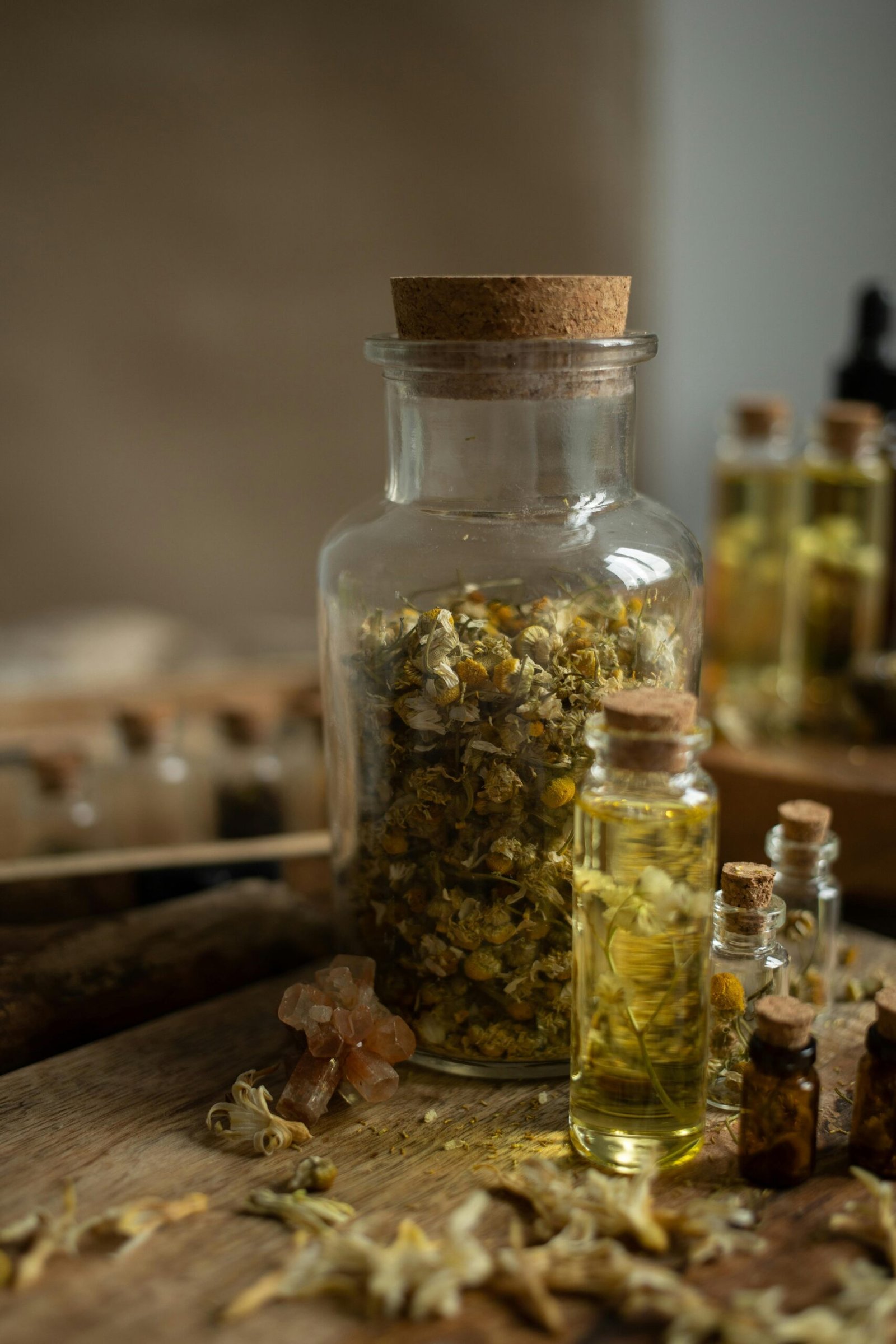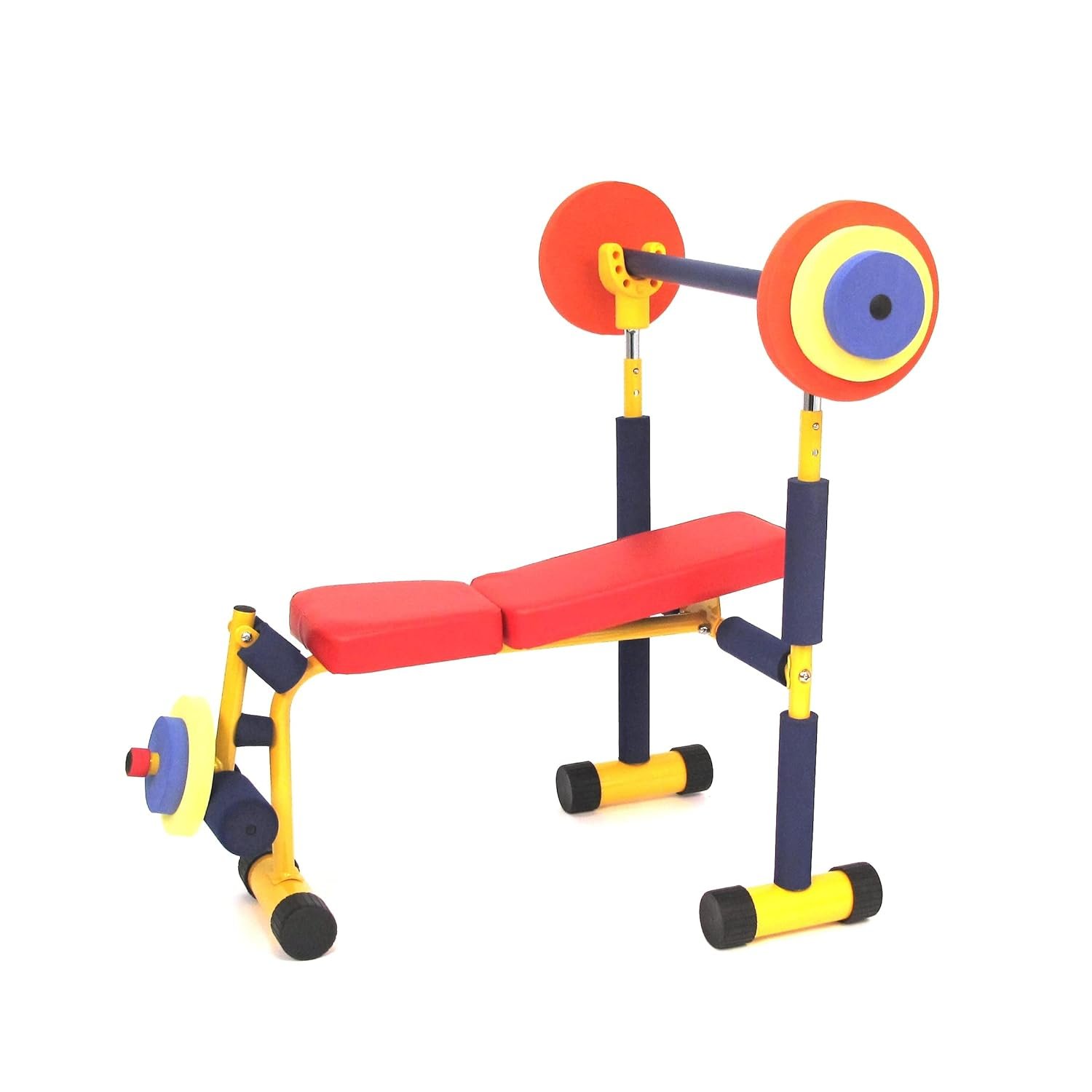Have you ever wondered how to effectively sanitize baby toys that often go straight into their mouths? In this article, we will explore practical and efficient methods for disinfecting these toys, ensuring your little one stays safe and healthy. From simple homemade solutions to specialized products, you will find a range of options that will give you peace of mind while your baby explores their world through their toys. Let’s dive into the world of effective toy disinfection!
Check Baby Toys Guide & Review
Methods of Disinfecting Baby Toys
Ensuring that your baby’s toys are clean and free from bacteria is essential for their health and well-being. Babies often put toys in their mouths, making it crucial to regularly disinfect these items. Fortunately, there are several effective methods for disinfecting baby toys. In this article, we will outline various methods and cleaning processes to help you keep your baby’s toys clean and hygienic.
Using Soap and Water
One of the simplest and most effective ways to disinfect baby toys is by using soap and water. This method is safe, affordable, and easily accessible.
Gather the Necessary Supplies
To get started, gather the necessary supplies, including a mild detergent or antibacterial soap, a soft bristle brush, and warm water. It’s important to use a soap that is safe for babies and doesn’t contain any harsh chemicals.
Remove Batteries
Before cleaning the toys, remove any batteries or electronic components to avoid damaging them during the cleaning process.
Clean the Toys
Fill a basin or sink with warm water and add a small amount of soap. Submerge the toys in the soapy water and use the soft bristle brush to scrub away any dirt or grime. Pay extra attention to any crevices or hard-to-reach areas where bacteria may accumulate.
Rinse the Toys
Once the toys are clean, rinse them thoroughly under running water to remove any soap residue. Ensure that all the soap is washed off to prevent any potential harm to your baby.
Dry the Toys
After rinsing, gently pat the toys dry with a clean towel and allow them to air dry completely before returning them to your baby. Make sure they are completely dry to prevent the growth of mold or bacteria.
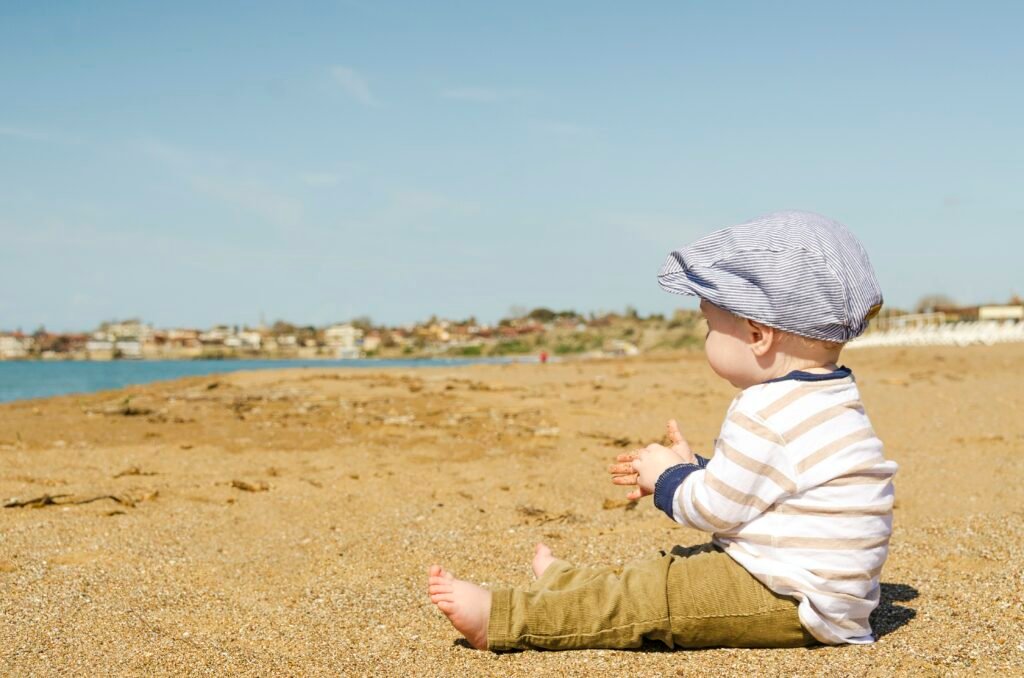
Using Disinfecting Wipes
Disinfecting wipes are a convenient and quick way to clean and disinfect baby toys. They are especially useful for on-the-go cleaning or when you have limited time.
Select Suitable Disinfectant Wipes
Choose disinfecting wipes that are specifically designed for baby toys and are safe for your little one. Look for wipes that are fragrance-free and non-toxic.
Wipe the Toys
Take a disinfecting wipe and gently wipe down the entire surface of each toy. Pay close attention to any areas that come into contact with your baby’s mouth. Ensure that the wipes are effective in removing any dirt, bacteria, or viruses that may be present.
Allow the Toys to Air Dry
After wiping the toys with disinfecting wipes, allow them to air dry completely before giving them back to your baby. This ensures that all traces of the disinfectant have evaporated, making the toys safe for your little one to use again.
Boiling Toys
Boiling is an effective way to kill germs and sanitize baby toys, especially for items that can withstand high temperatures.
Check Toy Suitability
Before boiling your baby’s toys, check their suitability for this method. Ensure that the toys are made of heat-resistant materials such as hard plastic or silicone. Avoid boiling toys with batteries, metal parts, or delicate materials that may get damaged in the process.
Prepare Boiling Water
Fill a large pot with enough water to completely submerge the toys. Bring the water to a boil over high heat, ensuring that it reaches a rolling boil.
Boil the Toys
Once the water is boiling, carefully place the toys into the pot. Use tongs or a spoon to ensure that the toys are fully submerged. Boil the toys for at least 5-10 minutes to effectively kill any bacteria or germs present on the surfaces.
Let the Toys Cool Down
After boiling, remove the pot from the heat and allow the toys to cool down completely before handling them. The toys may be hot immediately after boiling, so exercise caution to prevent any burns. Once cooled, thoroughly dry the toys before giving them back to your baby.

Using a Dishwasher
Using a dishwasher is a convenient option for cleaning and disinfecting baby toys, especially if you have a large number of toys or prefer a hands-off approach.
Check Toy Suitability
Before loading the toys into the dishwasher, check their suitability for this cleaning method. Ensure that the toys are made of dishwasher-safe materials such as hard plastic or silicone. Avoid placing toys with batteries, electronics, or delicate materials in the dishwasher.
Prepare the Dishwasher
Make sure your dishwasher is clean and free from any food particles or residue. Remove any dishes or utensils to create enough space for the baby toys.
Load the Toys
Place the baby toys securely in the dishwasher racks, ensuring that they are spaced apart. Avoid overcrowding the dishwasher to allow proper water circulation and thorough cleaning.
Run the Dishwasher
Set your dishwasher to a gentle or delicate cycle, with a temperature suitable for the toys. Avoid using a high-temperature cycle to prevent any potential damage to the toys. Add a mild detergent to effectively clean and sanitize the toys.
Once the dishwasher cycle is complete, allow the toys to air dry completely before giving them back to your baby.
Using Vinegar Solution
Vinegar is a natural household staple that can effectively disinfect baby toys. It’s a safe and non-toxic alternative to chemical-based disinfectants.
Create Vinegar Solution
To create a vinegar solution, mix equal parts of distilled white vinegar and water in a bowl or basin. The mild acidity of vinegar helps kill germs and remove dirt or grime from the toys.
Soak the Toys
Submerge the baby toys in the vinegar solution and let them soak for at least 15-20 minutes. This allows the vinegar to penetrate the surfaces and effectively kill any bacteria or germs present.
Scrub the Toys
After soaking, use a soft bristle brush or sponge to scrub the toys gently. Pay close attention to any areas that may have accumulated dirt or grime. The scrubbing action will help remove any debris or bacteria.
Rinse the Toys
Thoroughly rinse the toys under running water to remove any vinegar residue. Ensure that all the vinegar solution is washed off to prevent any unpleasant taste or odor it may leave behind.
Allow the Toys to Air Dry
After rinsing, place the toys on a clean towel or drying rack and allow them to air dry completely. Make sure there is adequate airflow around the toys to prevent the growth of mold or bacteria.

Using Bleach Solution
Bleach is a powerful disinfectant that can effectively kill bacteria, viruses, and mold spores. However, it should be used with caution and only on appropriate toys.
Prepare Bleach Solution
Create a bleach solution by mixing 1 tablespoon of bleach with 1 gallon of water. Ensure that you are using unscented bleach without any additives or fragrance.
Soak the Toys
Submerge the baby toys in the bleach solution and allow them to soak for at least 5 minutes. This will effectively kill any bacteria or germs present on the toys.
Scrub the Toys
After soaking, use a soft bristle brush or sponge to scrub the toys gently, paying attention to all surfaces and crevices. This helps remove any dirt or debris and ensures effective disinfection.
Rinse the Toys
Thoroughly rinse the toys under running water to remove any bleach residue. It’s essential to remove all traces of bleach to prevent any potential harm to your baby.
Leave the Toys to Air Dry
Place the toys on a clean towel or drying rack and allow them to air dry completely. Ensure that the toys are completely dry before giving them back to your baby.
Steaming Toys
Steaming is an effective method for killing germs and disinfecting baby toys, especially for items that cannot withstand high temperatures or immersion in water.
Choose a Suitable Steamer
Select a steamer that is safe for use on baby toys. There are various types of steamers available, including handheld steamers and steam cleaning systems. Ensure that the steamer you choose is suitable for the toys you want to disinfect.
Steam the Toys
Hold the steamer nozzle a few inches away from the toys and move it slowly across the entire surface. Ensure that the steam reaches all areas of the toys, paying particular attention to any crevices or hard-to-reach spots where bacteria may hide.
Wipe Off Any Residue
After steaming, use a clean, soft cloth or paper towel to wipe off any residue or moisture from the toy’s surface.
Let the Toys Cool and Dry
Allow the toys to cool and dry completely before giving them back to your baby. It’s important to ensure that the toys are completely dry to prevent the growth of mold or bacteria.
Freezing Toys
Freezing is an effective method for killing certain types of bacteria and parasites that may be present on baby toys. However, it may not be suitable for all types of toys.
Check Toy Suitability
Before freezing your baby’s toys, check their suitability for this method. Ensure that the toys are made of materials that can withstand freezing temperatures without getting damaged.
Place the Toys in a Sealable Bag
Put the toys in a sealable plastic bag to protect them from moisture during the freezing process. It’s essential to keep the toys dry to prevent any potential damage.
Freeze the Toys
Place the bag of toys in the freezer and leave them for at least 24 hours. The freezing temperatures will kill bacteria and parasites that may be present on the toys.
Remove the Toys from the Freezer
After the freezing period is complete, remove the bag of toys from the freezer. Allow the toys to return to room temperature before giving them back to your baby.
Using UV Light
UV light is a highly effective method for killing bacteria, viruses, and mold spores. However, it requires specialized equipment and should be used with caution.
Choose a Suitable UV Light Sanitizer
Select a UV light sanitizer that is specifically designed for baby toys. Ensure that the sanitizer is safe and meets the necessary safety standards.
Follow the Manufacturer’s Instructions
Carefully read and follow the manufacturer’s instructions for using the UV light sanitizer. Each sanitizer may differ in terms of usage, duration, and distance required for effective disinfection.
Place the Toys Under the UV Light
Position the baby toys under the UV light, ensuring that all surfaces of the toys are exposed to the light. Follow the recommended time for effective disinfection.
Allow the Toys to Air Dry
After the disinfection process, remove the toys from under the UV light and allow them to air dry completely before returning them to your baby.
Using Alcohol Solution
Alcohol solutions are effective for disinfecting baby toys, especially for items that cannot withstand heat or moisture.
Create an Alcohol Solution
Mix a solution of 70% isopropyl alcohol and 30% water in a spray bottle. This mixture provides an effective concentration of alcohol for disinfection without being too strong.
Spray the Toys
Spray the alcohol solution directly onto the toys, ensuring that all surfaces are covered. Pay attention to areas that your baby is likely to touch or put in their mouth.
Wipe the Toys
Using a clean cloth or paper towel, wipe the toys thoroughly to remove any dirt, grime, or bacteria from the surfaces. Remember to clean all nooks and crevices where bacteria may accumulate.
Allow the Toys to Air Dry
After wiping, place the toys on a clean towel or drying rack and allow them to air dry completely. Ensure that the toys are completely dry before giving them back to your baby.
Cleaning Process for Different Types of Toys
Different types of baby toys require specific cleaning methods. Here’s a breakdown of how to clean and disinfect toys made from various materials:
Plastic Toys
Plastic toys are easy to clean and can be safely disinfected using any of the mentioned methods. Follow the appropriate steps depending on the cleaning method you choose.
Wooden Toys
Wooden toys require special care as excessive water or moisture can damage them. Clean wooden toys by wiping them with a damp cloth and mild detergent. Avoid immersing wooden toys in water or using harsh chemicals that may strip the finish.
Rubber Toys
Rubber toys can be cleaned using soap and water or disinfecting wipes. Ensure that the rubber toys are thoroughly rinsed and dried to prevent any mold or mildew growth.
Fabric Toys
Fabric toys should be cleaned following the instructions on the care label, if available. Some fabric toys may be machine washable, while others may require hand washing and air drying to prevent any damage.
Silicone Toys
Silicone toys can be cleaned using soap and water, vinegar solution, or by boiling. Ensure that the toys are rinsed well and air-dried before giving them back to your baby.
By following these cleaning processes for different types of toys, you can maintain a clean and hygienic environment for your baby to play and explore safely.
In conclusion, regular cleaning and disinfection of baby toys are essential for keeping your little one safe and healthy. Whether you choose to use soap and water, disinfecting wipes, boiling, a dishwasher, vinegar solution, bleach solution, steaming, freezing, UV light, or alcohol solution, it’s important to follow the proper cleaning process for each method. Additionally, understanding how to clean different types of toys, such as plastic, wooden, rubber, fabric, and silicone toys, ensures that you can effectively disinfect each item without causing any damage. Remember to always prioritize your baby’s health and well-being by maintaining clean and hygienic toys.

